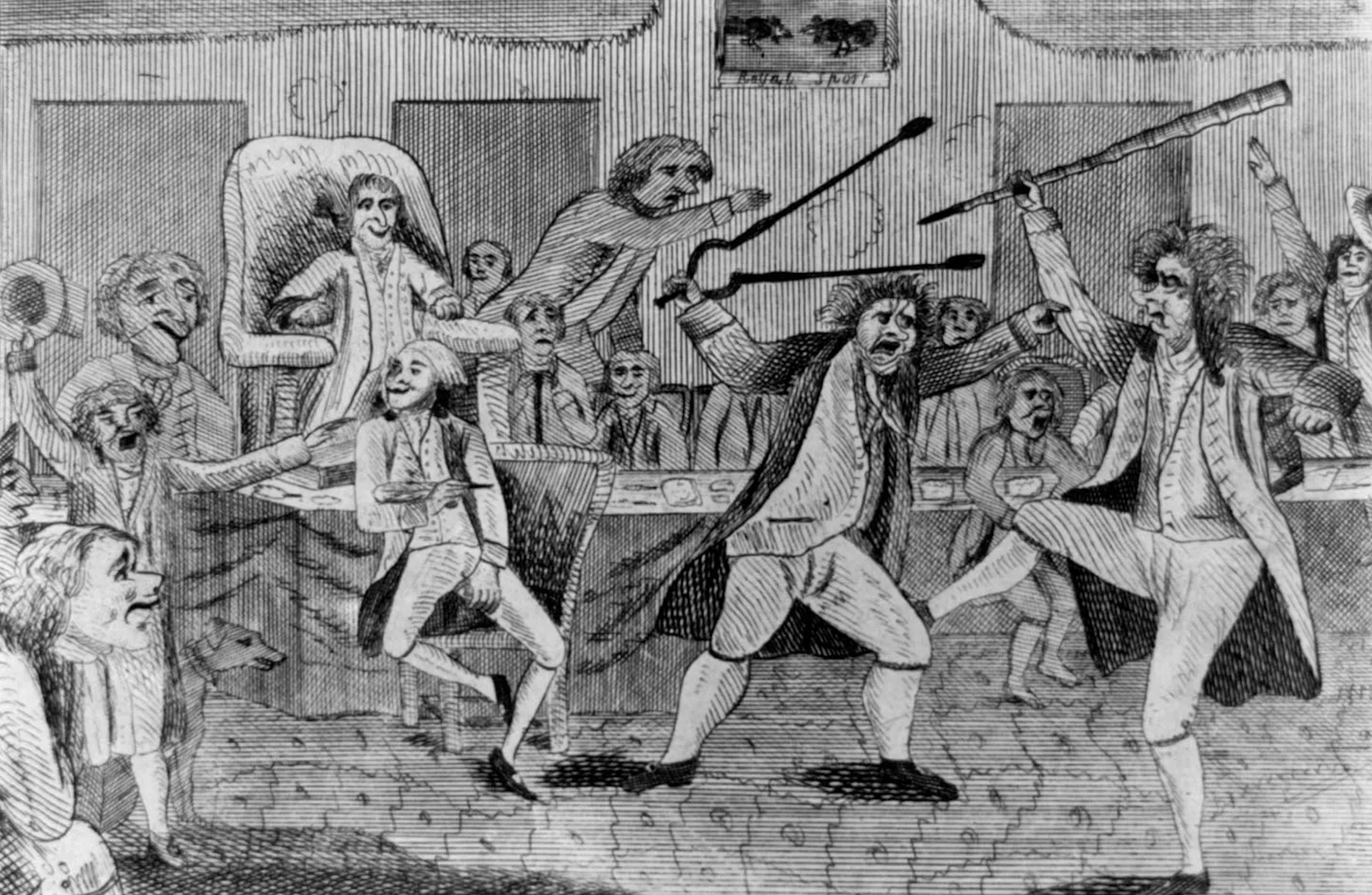“SERPENTS IN OUR BOSOM”:
The Federalist Motivations for the Alien Acts
An academic paper by
Josephine Riesman
Age 16

“SERPENTS IN OUR BOSOM”:
The Federalist Motivations for the Alien Acts
An academic paper by
Josephine Riesman
Age 16